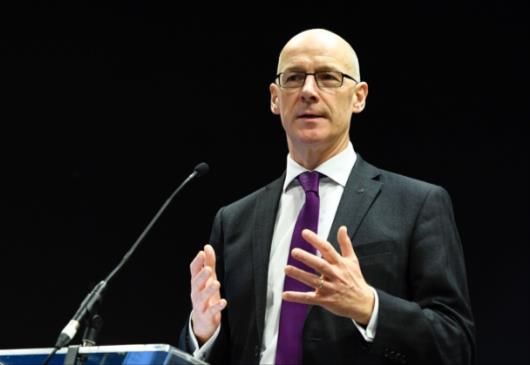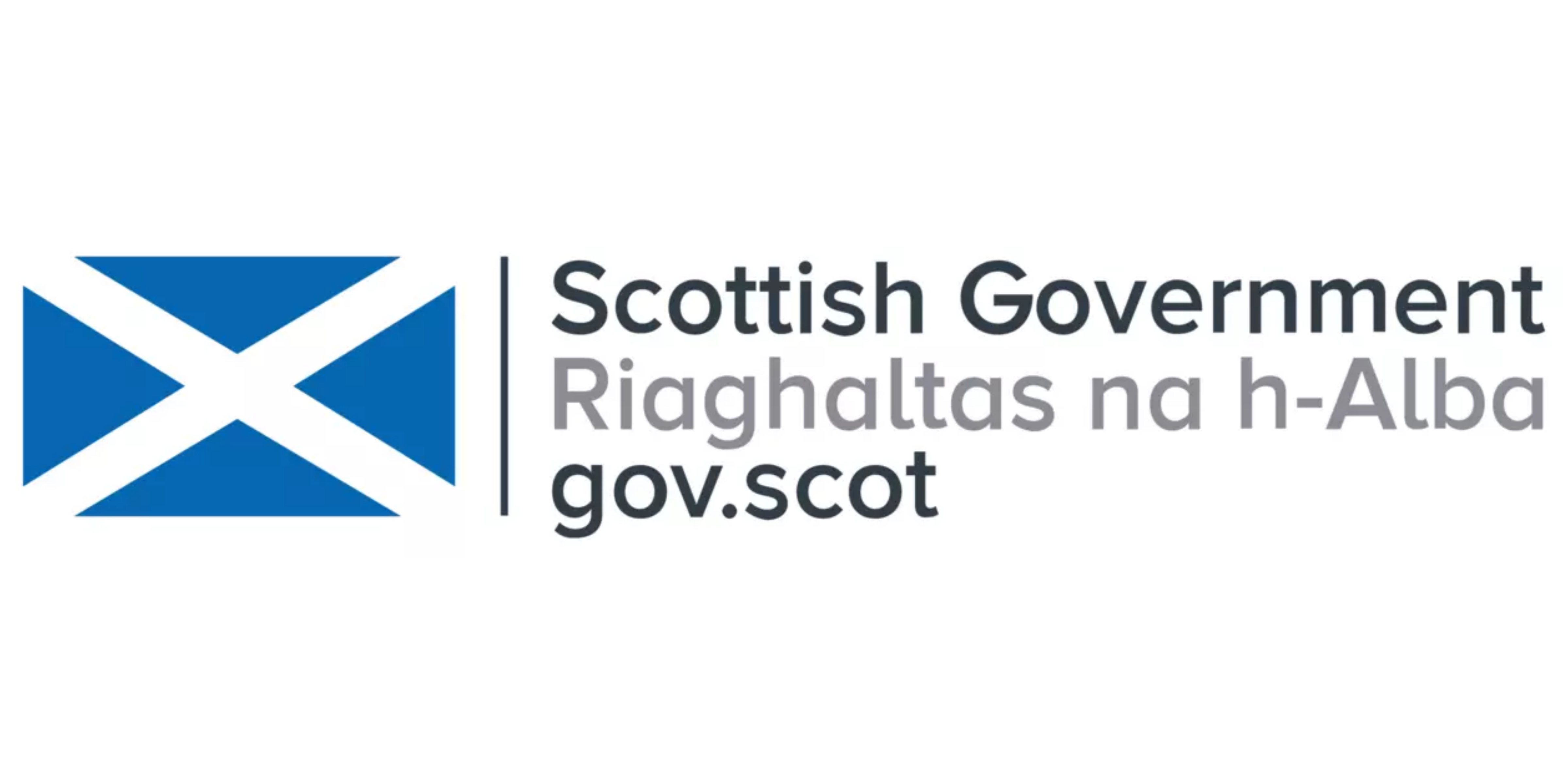Scotland’s Learning Estate – Connected Learning, Stronger Communities

Schools for the Future Programme
The previous £1.8 billion Schools for the Future Programme will see the construction or refurbishment of 117 schools and will benefit over 60,000 pupils by early 2021. The Schools for the Future Programme will provide £1.13 billion, while local authorities will contribute £665 million.
Learning Estate Investment Programme
The early stages of the Learning Estate Investment Programme (LEIP) incorporate lessons learned from the success of the Schools for the Future Programme. The lessons on pedagogy and space, governance, relationships and design are helping progress investment action for community futures through the Covid-19 period. The first phase of the LEIP prioritised schools in need of updating as identified by local authorities, to ensure rapid progress could be made where it was required most. £800 million of funding from the Scottish Government and local authorities, contributing to the second phase of the LEID, aims to benefit 21,000 young people across 18 local authorities. This funding will deliver inclusive environments which meet the needs of the local community as a whole, with reduced carbon and increased digital resources available. Further, this will generate social value through creating jobs within the construction industry and enhancing the economy which has been adversely impacted by Covid-19. The programme aims to benefit around 50,000 pupils across Scotland by the end of the next Parliament.
Currently, 9 out of ten pupils – almost 635,000 – are taught in schools that have been classed as being in good or satisfactory condition. The proportion of schools reported as being in good or satisfactory condition has increased to 89.9%. This is an increase of 1.6% over the last year and 29% since April 2007. Since 2007-2008, 958 schools have been built or substantially refurbished. The number of pupils in schools whose condition have been classed as poor or bad is now at its lowest level, since these statistics were initially introduced. The number has now decreased from around 257,000 in 2007 to approximately 62,000 in 2020.
Covid-19 highlights the importance of space and relationships. Outside and digital spaces have helped families, learners, communities and businesses build resilience. They have transformed ways of learning and working and supported people adapt to change. Stronger relationships are supported by
better use of spaces and places, increasing choice, connecting opportunities and strengthening resilience.
Learning Estate Strategy
Since 2007, the Scottish Government and local authorities across Scotland have collectively invested around £5 billion into Scotland’s Learning Estate. In 2009, the Scottish Government and CoSLA published a joint School Estate Strategy: Building Better Schools. Since then, collectively, great progress has been made in improving the condition of Scotland’s school estate. In 2018, for the first time, more than 600,000 pupils across Scotland were being educated in schools which were classed as being in good or satisfactory condition.
In Scotland’s colleges and universities, new campuses and buildings have been invested in. Subsequently, this has led to the development of facilities which support the learning needs of students, the economy and additionally deliver on Scotland’s ambitions for carbon reduction. In 2015, the Scottish Government set out a commitment to almost double the funding for the Early Learning and Childcare entitlement, supporting families and young people to provide them with the best possible start in life. The initial phases of this programme have delivered modern facilities, creative community solutions and a range of innovative outdoor experiences. Challenged by Covid-19, the programme has now restarted, progressing new opportunities for future generations in collaboration with changing communities.
For more information CLICK HERE.
Colleges & Universities

In January 2020, the new Falkirk Headquarters Campus of Forth Valley College opened its doors to students. The new £78 million, state-of-the-art facility provides the headquarters for the college and offers learning environments tailored to the 21st century.
The Scottish Government provides annual capital funding to all of Scotland’s colleges and universities for backlog and lifecycle maintenance of its estates; this totals £76.9 million in the financial year 2020- 2021. In addition to this annual capital funding, the Scottish Government has, for the past three years, offered universities loans under the Financial Transactions Programme. This has helped support estate improvement works, including major building refurbishments, energy efficiency measures and installing building mounted renewable power generating technologies. The Financial Transactions allocation for the financial year 2020-21 is £55 million.
The Scottish Government and the Scottish Funding Council (SFC) have taken a range of specific measures to support the sector throughout the Covid-19 crisis. This has included the SFC distributing £10 million additional capital funding to support economic recovery and £5 million capital support for digital provision. Despite Covid-19, throughout 2020 Scotland’s colleges and universities have continued, where possible, to deliver their capital programmes and continue to make plans for future investments in their estates; providing a much needed boost to the construction sector and its supply chain. Most notably the progress which has been made on the Dunfermline Learning Campus; a site for the new Fife College campus which is a £90 million capital investment programme that will run through to 2025.




.png)
.png)
.png)

